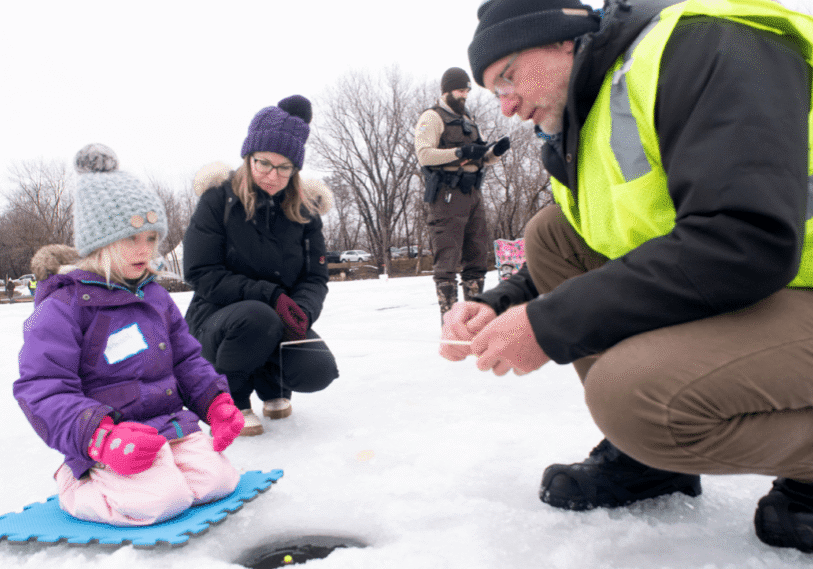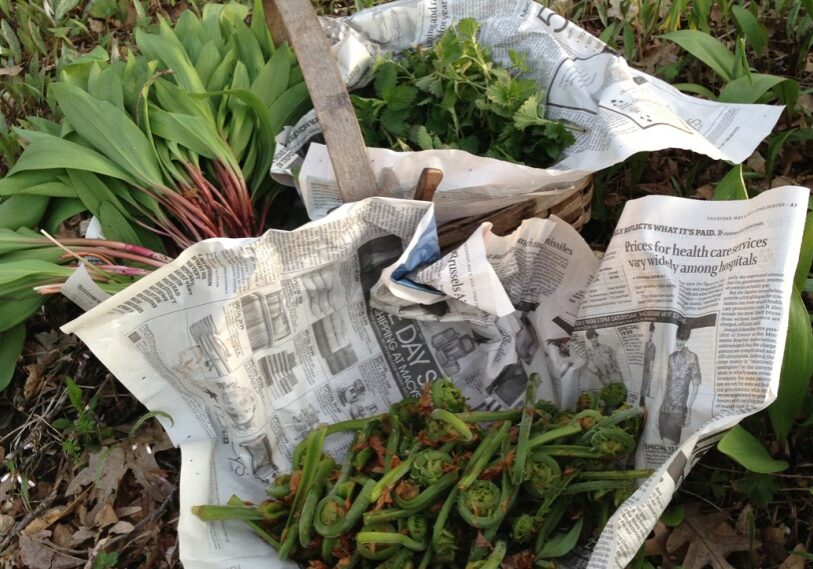Land & Water

Upper Mississippi National Wildlife Refuge Turns 100
John Weiss attends a youth ice fishing event, the inaugural event celebrating the Upper Mississippi River National Wildlife and Fish Refuge 100th anniversary.

Healthy Stream, Healthy Trout
John Weiss monitors stream health along the Root and other nearby rivers.

For Love of the Big River
John Weiss visits with Big River Magazine editor/publisher Reggie McLeod who was inducted into the National Mississippi River Museum & Aquarium Hall of Fame.

State Officials’ January 2024 Plan Addresses Nitrate Contamination Issues
Minnesota updated its response to EPA on nitrate contamination in ground water.

Local Forums, EPA Raise Questions About SE Minnesota Water Quality | State Agencies Respond
John Torgrimson reports on local, state, and federal action on water quality in karst country.

Moving Day for a 19th Century Bridge at Historic Forestville
Dave Shaffer and John Torgrimson chronicle the first phase in the restoration of the Historic Forestville bridge.

Swan Lake — Thousands of Tundra Swans Migrate Each Autumn
John Weiss takes readers on a journey to visit the Tundra Swans near Brownsville.

Explore the Driftless Area Via the DARK Trail
John Torgrimson looks into the DARK Trail connecting 69 dramatic landscape and discovery sites in the Driftless Area.

Root River Cleanup Has Become an Annual Tradition
John Weiss joins river enthusiasts as they cleanup the Root River.






